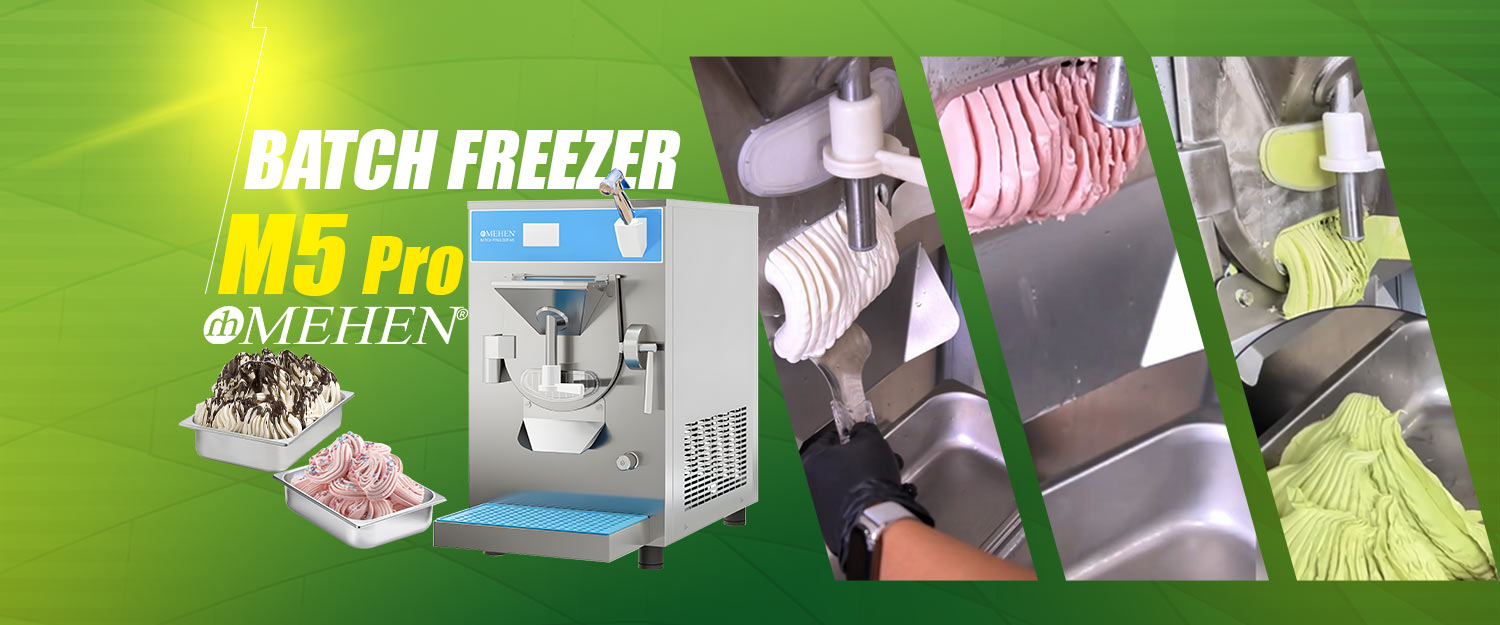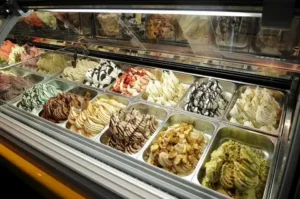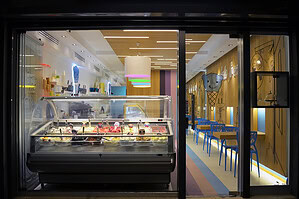If you’re in the dessert business—or even just a passionate foodie—understanding how a gelato making machine works can open up a whole new world of creamy, artisan delights. Whether you’re a café owner, a gelateria startup, or a home enthusiast, learning the mechanics behind these machines will help you choose the right equipment and create consistently smooth, flavorful gelato.
In this guide, we’ll break down how gelato machines function, the key components, and how different gelato makers compare. Let’s dive in!
What Is a Gelato Making Machine?
A gelato making machine—also known as a gelato ice cream maker—is a specialized appliance designed to churn and freeze gelato mixture simultaneously. Unlike regular ice cream makers, these machines operate at lower temperatures and incorporate less air (overrun), resulting in a denser, smoother texture.
Modern gelato equipment is engineered for precision, offering automated programs, adjustable settings, and even cooling cycles to ensure the perfect batch every time.
Key Components of Gelato Makers
Different gelato makers may vary slightly in features, but most share several core components:
1. Mixing Bowl or Freezing Cylinder
This is where the base mix is poured and churned. In high-end gelato makers with compressors, the bowl is built-in and self-cooling.
2. Compressor Cooling System
Professional-grade machines include an internal compressor, allowing them to freeze the mixture without external refrigeration. A gelato maker with compressor offers better consistency and faster production—ideal for commercial use.
3. Dasher (Mixer Paddle)
This rotating blade continuously scrapes the frozen mix off the cylinder wall to prevent crystallization and incorporate just the right amount of air.
4. Control Panel
Advanced gelato ice cream makers come with digital panels or touchscreens where users can set timers, hardness levels, or switch between programs.
How the Gelato Freezing Process Works
The gelato-making process involves three main stages:
1. Preparation
First, ingredients (milk, sugar, stabilizers, and flavorings) are mixed and often pasteurized. Some gelato equipment includes built-in pasteurizers for hygiene and convenience.
2. Churning and Freezing
The mixture is poured into the machine’s bowl. The gelato maker with compressor activates, rapidly freezing the mixture while the dasher mixes it to avoid ice crystals. This dual action ensures a dense, creamy texture.
3. Extraction and Serving
Once ready, the gelato is extracted from the machine and either served immediately or placed into a blast freezer for longer storage without compromising texture.
Gelato Makers vs. Ice Cream Makers
While they may look similar, gelato makers and traditional ice cream machines differ in their construction and purpose:
| Feature | Gelato Makers | Traditional Ice Cream Makers |
|---|---|---|
| Air Incorporation (Overrun) | Low (25-30%) – Denser texture | High (up to 100%) – Fluffier texture |
| Serving Temperature | Warmer (10-15°F / -10°C) | Colder (0°F / -18°C) |
| Texture | Smooth and creamy | Firmer and icier |
| Best Suited For | Artisanal dessert shops, cafés | General use, home kitchens |
If you’re serious about crafting authentic Italian gelato, investing in a professional gelato ice cream maker is the right move.
Choosing the Right Gelato Equipment for Your Needs
When selecting a machine, consider:
-
Production volume: Small batch or high-output?
-
Built-in compressor: A must for professional use.
-
Ease of cleaning: Detachable parts or self-cleaning?
-
Control options: Manual, programmable, or smart touchscreen?
Top-rated gelato makers with compressors offer faster freezing times, energy efficiency, and precise texture control—especially important in a commercial environment.
Final Thoughts
A quality gelato making machine is more than just a kitchen appliance—it’s the heart of any artisan dessert operation. By understanding how it works and what to look for, you can make smarter purchasing decisions and deliver exceptional gelato to your customers or guests.
Whether you’re browsing gelato makers for your café or comparing gelato equipment for large-scale production, remember that great gelato starts with the right machine.




